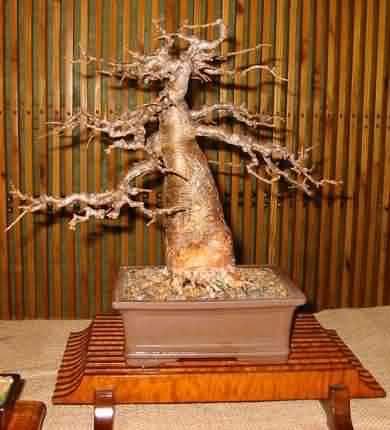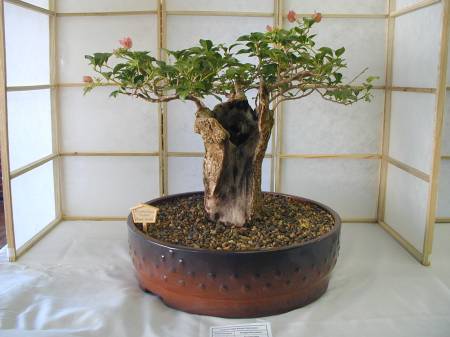20 African Baobab (Adansonia digitata) Bonsai Seeds
Check my rate
| Main centres: | 1-3 business days |
| Regional areas: | 3-4 business days |
| Remote areas: | 3-5 business days |
Product information
Adansonia digitata African Baobab Seeds Regarded as the largest succulent plant in the world, that makes an impressive Bonsai, the baobab tree is steeped in a wealth of mystique, legend and superstition wherever it occurs in Africa and Madagascar. It is a tree that can provide, food, water, shelter and relief from sickness. Often referred to as 'grotesque' by some authors, the main stem of larger baobab trees may reach enormous proportions of up to 28 m in girth. Although baobab trees seldom exceed a height of 25 m. The massive, usually squat cylindrical trunk gives rise to thick tapering branches resembling a root-system, which is why it has often been referred to as the upside-down tree. There is a tale which tells of how God planted them upside-down. Many traditional Africans believe that the baobab actually grows upside-down. The stem is covered with a bark layer, which may be 50-100 mm thick. The bark is greyish brown and normally smooth but can often be variously folded and seamed from years of growth. The leaves are hand-sized and divided into 5-7 finger-like leaflets. Being deciduous, the leaves are dropped during the winter months and appear again in late spring or early summer.
The leaves are said to be rich in vitamin C, sugars, potassium tartrate, and calcium. They are cooked fresh as a vegetable or dried and crushed for later use by local people. The sprout of a young tree can be eaten like asparagus. The root of very young trees is also reputed to be edible. The seeds are also edible and can also be roasted for use as a coffee substitute. When the wood is chewed, it provides vital moisture to relieve thirst, humans as well as certain animals eat it in times of drought. There are many legends and superstitions surrounding the baobab tree. For example, it is believed that an elephant frightened the maternal ancestor of the baobab. In some parts the baobab is worshipped as a symbol of fertility. It is a belief among certain people that spirits inhabit the flowers of the baobab and that any person who picks a flower will be eaten by a lion. It is also believed that water in which the seeds have been soaked will offer protection against attack by crocodile, while sucking or eating the seeds may attract crocodiles. It is also believed that a man who drinks an infusion of the bark will become strong. In some areas a baby boy should be bathed in such a bark infusion, as this will make him strong; however, he should not be bathed for too long or he may become obese. It is also important that this water does not touch his head for this could cause it to swell. When inhabitants move from one area to another they often take seeds of the baobab with them, which they plant at their new homestead. Rainwater often collects in the clefts of the large branches, and travelers and local people often use this valuable source of water. It has been recorded that in some cases the centre of the tree is purposely hollowed out to serve as a reservoir for water during the rainy season. One such reservoir was recorded as holding 4 546 litres of water. A hole is drilled in the trunk and a plug inserted so that water can be easily retrieved by removing the plug. The roots of the baobab can also be tapped for water. The bark on the lower part of the trunk often bears scars caused by local people who harvest and pound it to retrieve the strong fibre. The fibrous bark is used to make various useful items such as mats and ropes, fishing nets, fishing lines, sacks as well as clothing. Although the bark is often heavily stripped by people and elephants, these trees do not suffer as a normal tree would from ringbarking. Baobabs have the ability to simply continue growing and produce a new layer of bark. The wood of the baobab is soft, light yellow and spongy, and although it has been recorded as being used for making boxes, this does not seem to be a widely used practice. Many references have made mention of the exceptional vitality of this tree, noting that even after the entire tree is cut down it simply resprouts from the root and continues to grow; the same is noted of trees which have been blown over in storms. Despite this remarkable vitality, when a tree dies it collapses into a heap of soggy, fibrous pulp. Stories exist of how such quickly decomposing trees spontaneously combust and get completely burnt up. You're buying a pack of 20 Seeds We'll supply you with all the germination & care instructions as well as loads of info on the art of bonsai. See lots interesting, unusual & rare plant seeds by following the link below. Thanks. |

